Byzantine Istanbul
As a visitor, how do you tackle a metropolis of 15.4 million inhabitants? Istanbul is Europe’s biggest city and everything here seems to be overwhelming: the size, the number of people, the history, the number of sights, the noise, the sheer amount of activity around you.
The Bosporus is the sea strait of some 30 km long and at maximum 700 m wide which at the same time links the black sea to the Mediterranean and separates Europe from Asia. The part of the Mediterranean at the southern mouth of the Bosporus is called the Marmara Sea. Close to the exit of the Bosporus towards the Marmara sea a long, fjord like river mouth enters from the West. This is the Golden Horn. The center of Istanbul is on the European side of the Bosporus, and the oldest historic parts are on the peninsula between the golden Horn, the Bosporus and the Sea of Marmara. The Asian side of the city is far less visited.
While the history of many other places is sometimes complicated, with frequent changes of rulers, conquest, destruction, changed sides, the one of Istanbul, Byzantium or Constantinopel is like a straight line. Its history was not made, it was the center of history. Only the name changed.
The site of Byzantium, as it was then called, was first settled by Greek settlers in the 7th century BC. In 330 AD Constantine the Great, Roman emperor, decided to move the capital of the Roman empire to Byzantium and modestly rename it to Constantinopel in honor to himself. For more than one thousand years, until 1453, the town stayed the capital of what always was a kind of legacy of the Roman Empire: the Byzantine empire. In 1453 it was conquered by the Turks and it became the capital of the Ottoman empire. With the declaration of the Turkish Republic by Mustapha Kemal Atatürk in 1923 the capital was moved to Ankara. After 1700 years the town had lost its capital status but not its leading position.
View of the Golden Horn from the Topkapi Palace, also the former site of the palace of the byzantine emperors
The most prominent feature of Istanbul is the presence of the sea on three sides around the old town. Since I am always a bit overwhelmed by big cities I thought I wanted to have a room with a balcony and sea view. I found one in the historic town center, only a short walk from the most famous historic sights. From the balcony I could observe the big ships going in and out of the Bosporus. To the right a big number are anchored, waiting for their turn or for new cargo. In the morning, when the mist is still hanging above the Marmara sea, tankers and bulk carriers are appearing like ghosts, getting bigger and disappearing to the left when entering the Bosporus to continue to the black sea. Restlessly moving ferries swarm out to various locations, police and jet boats shoot across and in between even fishing boats float motionless in the calm waters. Since a balcony facing the sea of Marmara is in the shadow most of the day my room and the balcony is also keeping decently cool as far as that is possible with daytime temperatures of 33-35 degrees C.
Next door there is a restaurant with a balcony having exactly the same view as my room. And on the roof top of my little hotel of 8 rooms there is a terrace where breakfast is served and you can have tea or coffee any time.
View from the balcony of my room across the Marmara Sea
It sounds perfect, but everything comes with a grain of salt. As frequently, the problem is the traffic. The peninsula forming the old town of Istanbul is surrounded by a motorway and the exit of the tunnel connecting the Asian part of town with Europe connects to the motorway right under my balcony. Even that would not be such a problem when drivers would behave like civilized people. Which many of them are not. Roaring mufflers, accelerating engines, whining tires is one thing. The other is that the permanent use of horns is an integral part of Turkish driving. So sitting on the balcony is accompanied by a cacophony of traffic noise. When the wind is right the exhaust from Petrol and Diesel engines gets as high as my balcony. And every half an hour or so the commuter train to Sircezi ambles by below my window.
And the restaurant next door
I wonder whether I am getting oversensitized. Do the others, like the friendly young manager Hassan, not notice this constantly rattling sound of the top of the exit pipe of what might be the air-condition? Do those drivers, when sitting at home or in a cafe, not also notice that the constant honking is irritating? In any case, it is much better after I close the window and then I sleep quite well.
When Constantin moved the capital of the Roman empire to Constantinopel he also started a big building program. It was continued by the following emperors, most important Valens (364-378), Theodosius I (379-395), Theodosius II (408-450) and Justinian I (527-565).
The most striking building established by Constantine was the hippodrome, the racecourse for horse cart races. There was a hippodrome before, built by emperor Septimus Severus in 203, but Constantine enlarged and modernized it to become the social, political and cultural center of the town. Although not much of the actual building is left it still is the basis for the layout of the enormous square which is now surrounded by more recent buildings.
Different layers of old buildings in the Femer and Balat Greek and Jewish neighborhoods
Every century of history left new buildings and new layers of civilization were added on top of what had been there before. Sometimes the carved stone blocks of previous buildings were used for new construction. Consequence is that there is very little left of the early Roman times in Istanbul. In addition, the Ottoman rulers, like in general the entire Islamic society has very little appreciation for historical sites. This might be a consequence to their dislike of imagery in general. In Mecca, they even have demolished the birth place of the prophet Mohammed.
The hippodrome housed an oval racecourse with a median in the center, called spira by the Romans. The median was used to install memorials. Some of those established in the Roman times like obelisks and memorial columns erected for the fame of emperors are still there.
The Obelisk of Theodosius was stolen from the Temple of Karnak in Luxor and was brought to Constantinople by emperor Theodosius the Great. It is 19.6 m high. Originally, it was 10 m higher, but the Romans were not able to set up such an enormous column so they cut the lower 10 m away. It still can be seen that the lowest Hieroglyphs of the obelisk are cut in two. Next to it the Walled Obelisk was erected in the 10th century by emperor Constantine Porphyrogenitus.
Another booty, this time from the antique Greek temple of Apollo in Delphi, is the 5th-century BC Serpent Column.
Consstantine's column
Constantine the Great had his own memorial column, which was erected in 330 AD not far from the hippodrome, to commemorate the foundation of the empire and of Constantinople as its capital.
The column of Marcius
Another column reminding of the Roman times was dedicated to the Emperor Marcian (450–457). All of these columns were decorated with a statue on top. In the course of time the statues were lost, recast into weapons or ammunition or stolen. The quadriga of four horses which decorated the loges of the hippodrome, for example, was stolen in 1204 by the Venetians and now decorates the Basilica of San Marco in Venice.
During his rule Constantine also initiated the building of Hagia Sophia. It was the first church of this name at the site. And it would not be the last. It was replaced by a second under the rule of Theodosius II (ruled 402-450) which burnt down during a riot in 532. The present structure was built under the great emperor Justinian shortly after the destruction of the previous church. It was completely novel, the biggest church ever built, and would be a leading example for the architecture and construction of churches or mosques for a millennium afterwards.
More than 10.000 people were employed to build the church. For its construction spoils from antique sites like 107 green columns from the temple in Ephesos or even from Rome were incorporated. A dome with a height of 55 m and a diameter of 30 m was unheard of before.
Recycled column in Hagia Sofia
In those times there was a big conflict about images in churches. For a long time the fraction of the Iconoclasts prevented figurative mosaics. Therefore none of the mosaics in Hagia Sofia is from the original church but they were added later, at the earliest in the 10th century.
There was a big outcry when the Turkish president Erdogan, after long pressure from Islamist groups, declared Hagia Sofia a mosque again. Believers now enter the lower part, which is covered in carpets and the few mosaics depicting christian saints or mother Mary were covered. The tourists enter via a side entrance which leads to the second floor balconies. There can be long lines to get the 30€ tickets. However, I showed up in the morning not long after 9 am and there was next to nobody although there already were quite a number of visitors inside. There was nobody in the islamic prayer hall on the ground floor.
Interior of Hagia Sofia with the Muslim prayer space on the ground floor
The name Sofia does not refer to a saint. Hagia Sofia simply means “holy wisdom”. Next door is Hagia Irene, the church of “holy peace”. Almost nobody finds his way into this church. However, it is in fact the oldest church in Istanbul. It was finished under the rule of Constantine in 337, also burnt down in 532 and was rebuilt by Justinian in 548. However, after the Ottomans took over Constantinople in 1453 Hagia Irene was not converted to a mosque, but the Janitsars used it as an arsenal. Therefore there were very few changes to the original structure.
Many other former byzantine churches were recycled as mosques. For example the church dedicated to Saints Sergius and Bacchus built between 532 and 536 under Justinian I. It is called the little Hagia Sofia but in contrast to its bigger sister it is quiet and peaceful and there is a pleasant garden with a cafe.
Most of the Chora church was built between 1077 and 1081. It retains its original frescos and mosaics of the 14th century. It was turned into a museum in 1945. However, under the politics of Erdogan, it also was recently again converted back into a mosque. In contrast to Hagia Sophia, the imaging in the church was not covered.
However, even after the Ottoman conquest some christian groups were allowed to built small churches. One of them is Q. Nigoğayos Armenian Church which was built in 1630.
Constantinople is surrounded by the sea on three sides but there is no much fresh water. Water supplies had to be built. Constantine initiated the building of cisterns. The greatest is the basilica cistern. Its roof is supported by 336 column strong enough that a basilica was built on top of it later.
The cistern was later enlarged by emperor Theodosius and supplied water through much of the history of Istanbul until the Ottoman times. Strangely enough it then got all but forgotten, probably because much less water was needed due to the decline of the population. Only in 1565 it was rediscovered by the French traveler Petrus Gyllius. Gyllius was rowed around in a barge between the columns. The water beneath the boat was full of fish and his boatmen were mainly interested catching them.
Several of the cisterns are open for visitors at considerable entrance fees. With 25 € the ticket for the basilica cistern is the most expensive. However, the atmosphere is so eerie that it is worth it. If you come early enough you can avoid the queues. They have left a layer of water in the cistern which reflects the column and ceiling. There are columns supported by the head of medusa. Every sound reverberates in the enormous space. They try to make it to make it even more interesting with a light show, but in my view just a bit of lighting at the most interesting features would be more than enough. A couple of moment of total darkness, one the other side, really would make an impression.
To bring the water into town the Romans eventually built a system of 420 km of aqueducts. The extension into town was formed by the aqueduct of emperor Valens, who ruled from 364 to 378. Almost 1 km of the aqueduct remain today. It was last repaired in the 17th and 18th century and used until a modern distribution plant was erected begin of the 20th century.
Constantine also initiated the building of stronger city walls. However, the city grew and with it walls incorporating larger parts of the city had to be built. The last wall was built by emperor Theodosius II (ruled 402–450). It is 5.7 km long, has a double wall, towers and a moat. After its construction the walls Constantinople included an area of 7 hills, like in Rome. Finally the new capital had equaled its historic example.
On the Marmara side of the wall is the Golden gate. It was a fortified gate built in the shape of a triumphal arch. The central gate would only be used by the emperors to enter the town. The inscription reads “the man who made this gate in gold created a golden age.”
The Theodosian wall was so strong that it withheld numerous attacks during almost a millennium. The only exception was the attack of the crusaders in 1204. In 1199 the fourth crusade had assembled under the leadership of Baldwin of Flanders. The crusaders had agreed with the Venetians on the payment for their transportation to the holy land, whereby the Venetians themselves participated with a force of 50 fully equipped ships. However, the animo for the crusade was low and there were too few participants and insufficient funds to pay the Venetians.
At the time the Byzantine emperor was Alexis III Angelus, who had replaced Isaac II Angelus in 1195. Unusual for the time Isaac II Angelus and his son, the later emperor Alexius IV Angelus, had survived this replacement. Alexius IV Angelus now went to the crusaders, who had intermittently conquered the dalmatian town of Zara (Zadar in Croatia), and promised them a big amount of money, help for the crusade and the return of the schismatic orthodox church into the womb of the catholic church if they would conquer Constantinople and reinstall his father Isaac as emperor.
So in the year 1203 the crusaders appeared at the city walls with a Venetian fleet of 480 ships. The Venetians under their leader, the Doge Enrico Dandolo, managed to conquer a part of the sea wall along the Golden Horn. This was when the ruling emperor, Alexis III Angelus, saw it appropriate to secretly quit the town with his daughter Irene, 100000 gold pieces and the crown jewels. The same night Isaac was reinstalled as emperor.
However, neither Isaac nor his son were able to fulfill the promises they had made to the crusaders. The citizens did not want to abandon the orthodox church. The emperor did not have the promised funds. Eventually the crusaders sacked the town and robbed whatever they could get. Baldwin of Flanders was elected the new emperor. Enrico Dandolo installed himself as “Leader and despot of a quarter and half a quarter of the Roman empire”. This was the start of a 57 year long rule of the Franks in Constantinople. Hagia Sofia was reconsecrated into a catholic church during that time.
After each attack the Theodosian walls were repaired and improved. The southern end of the wall with the golden gate had been enlarged to a fortress which was further improved under Ottoman rule later. So the wall was never removed, it just started crumbling. Some of the many towers look like frozen statues or art projects. To prevent loose rock from falling down many parts have been secured with a net. In the former moat the locals have their vegetable gardens which are heavily guarded against intruders.
Since UNESCO declared a big part of old Istanbul a monument a renovation project concerning the wall started. Some parts of the wall have been completely repaired, it is possible to walk on the ramparts and there are interpretative centers. An example is the area around the Belgrade gate. It looks like new and most of the idyllic atmosphere of the old ruins are gone.
Completely disappeared have the former palaces of the Byzantine emperors and their big families. There is only one exception, the former palace of the Porphyrogenitus. The palace was included into the Theodosian wall and its outer facade from the 13th century survived. It is included into a brand new museum, although I could not really find out what the aim of the museum is except of exhibiting tiles and a model of the Theodoian wall.
The final attack on the Byzantine empire came in 1453. At the time the empire already had been reduced to a shadow of its former self. The emperors were even paying an annual tribute to the Turks. However, the city walls still were strong enough to impress any attacker. The Ottomans had already conquered Anatolia and most of Thracia and Edirne was their capital. Thus they had practically encircled Constantinople. After the death of sultan Murat II in 1451 young Mehmet II became sultan. It was his firm intention to do away with what remained of the Byzantine empire. The first thing he did in 1451 was to start the construction of a castle, Rumeli fortress, controlling the traffic on the Bosporus.
The emperors Manuel II and Johannes VIII had desperately traveled around the western world to ask for help. But the western powers at the time were busy with their own problems. A new crusade against the Turks to help Constantinople was not going to happen. The last Byzantine emperor Constantine XI had to deal with the problem himself. But he had no means left. The town had only a fifth of the inhabitants it had at the time of the great emperor Justinian. Many buildings were in ruins or empty. The last barrier to withstand the attacks was the wall.
The decline of the byzantine empire was an endless story of internal struggle, jealousy, disagreement and competition. To the end the failure of the western powers to send help to stem the Ottoman advances was a symbol about the malfunctioning of politics. I wonder whether they ever regretted it. For half a millennium to come the central European powers including the Habsburgs, the Hungarians, the Bulgarians, the Italian city states but in particular the Venetians would have to sacrifice a big part of their resources and men for the defense against Turkish invasions planned from their capital in Istanbul. They could have prevented that.
A divided world is much weaker than when it acts in cooperation.
On May 29th 1453 Sultan Mehmet II, 21 years old, triumphantly entered the town through the Edirne gate. When he saw the state the great city was in he is said to have cried.
Sources:
Orhan Pamuk, Istanbul memories of a city
John Freely, De Geschiedenis van Istanbul, Olympus, Dutch translation, 2006
Link to previous post:



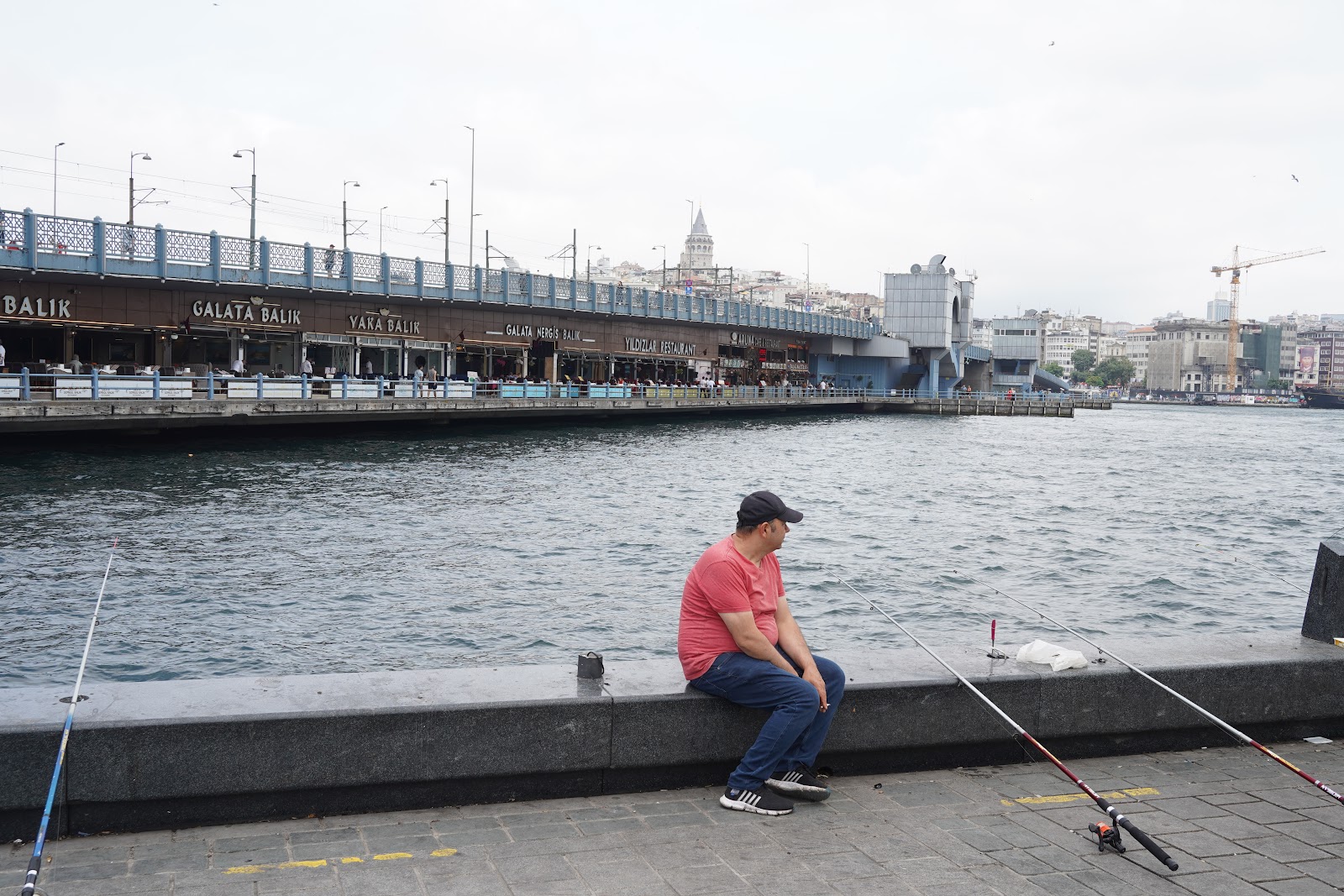
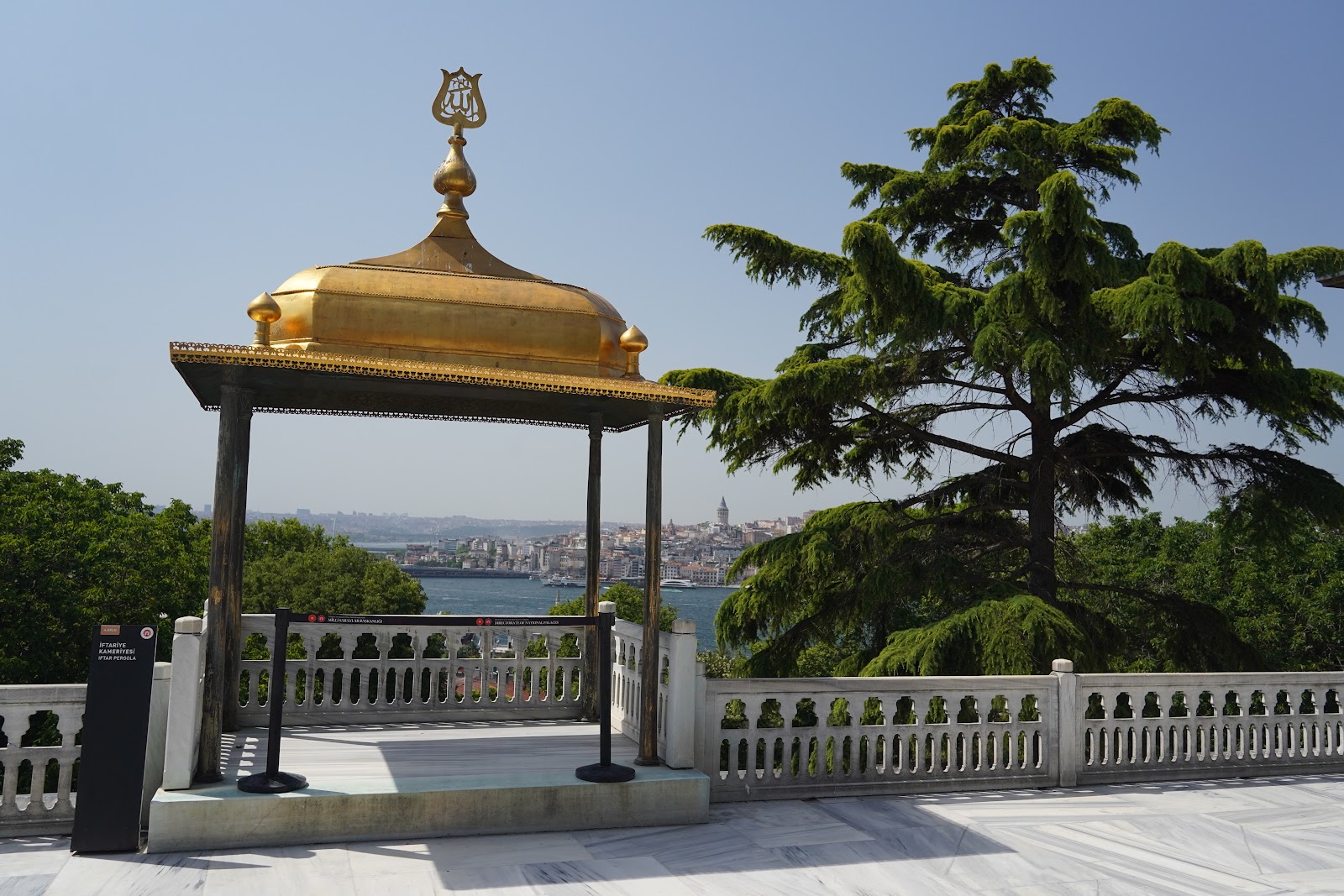
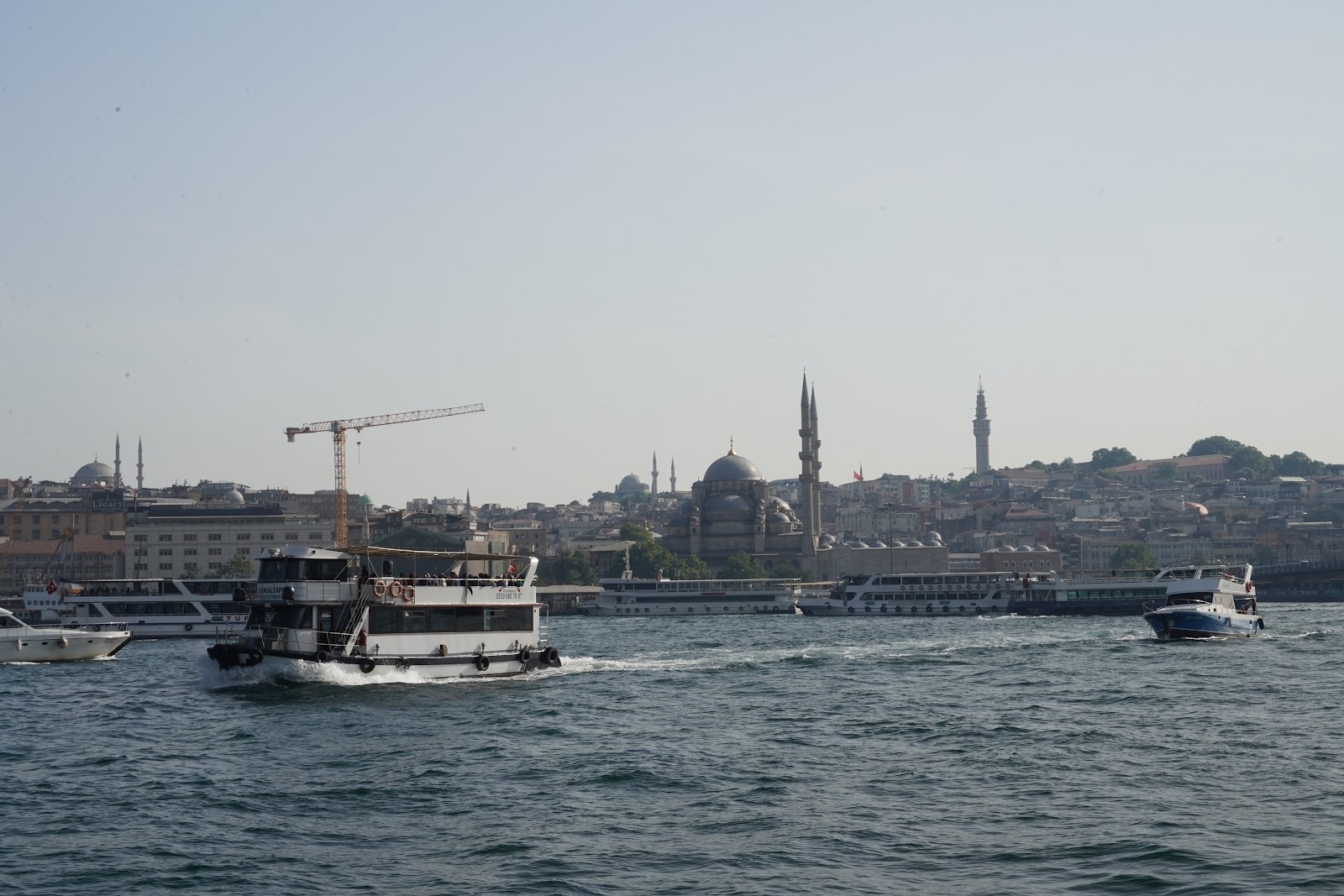
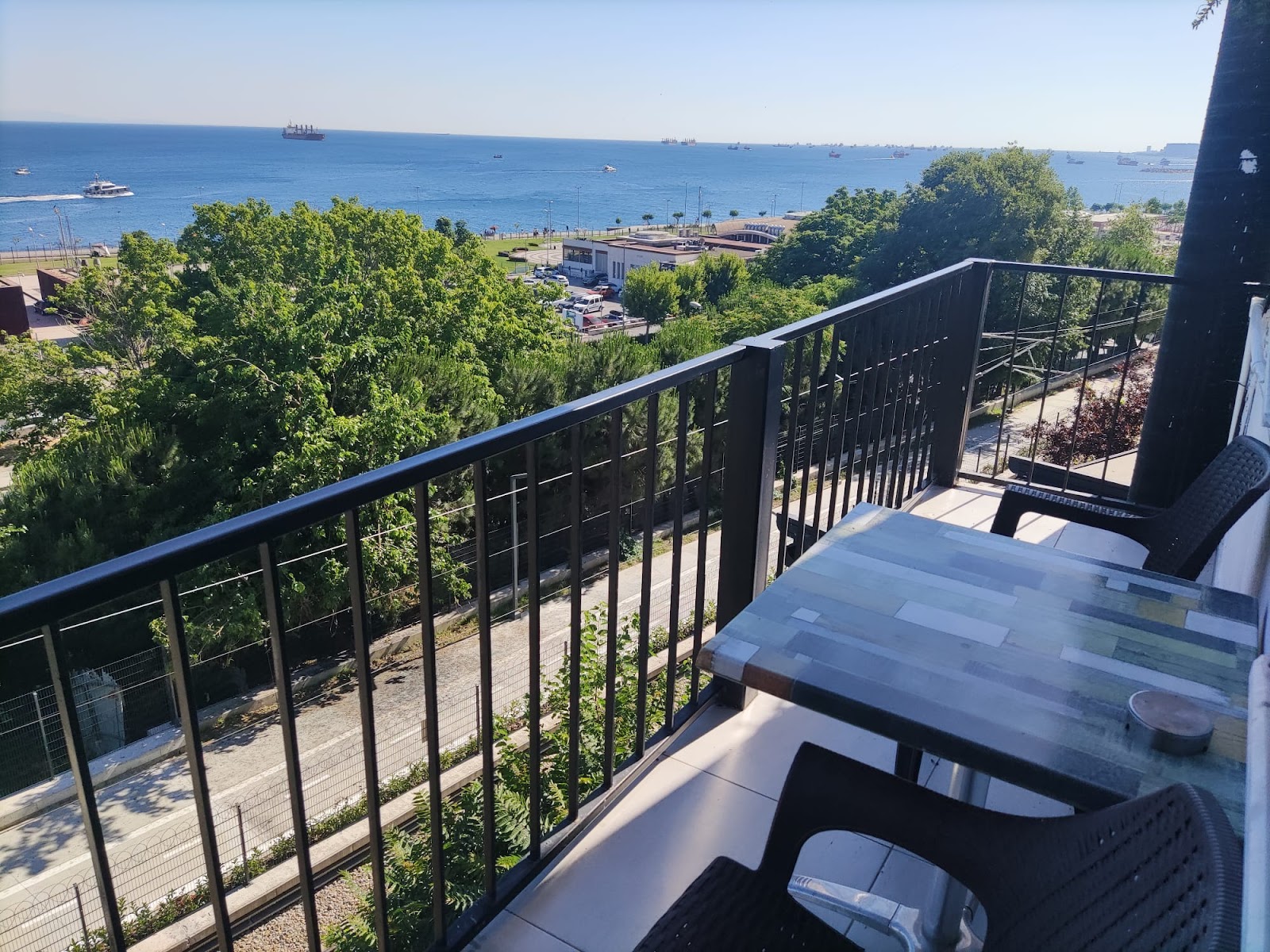














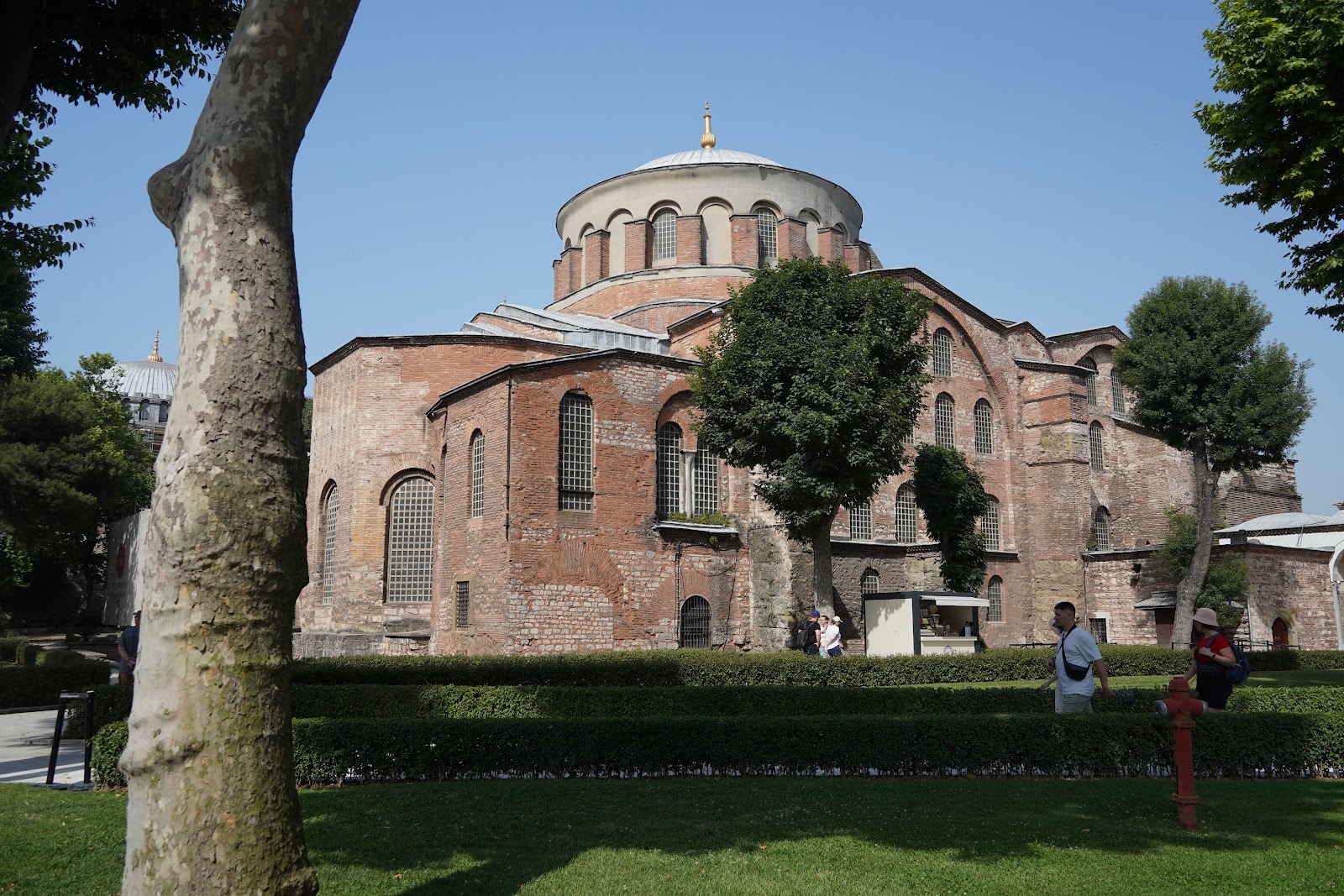









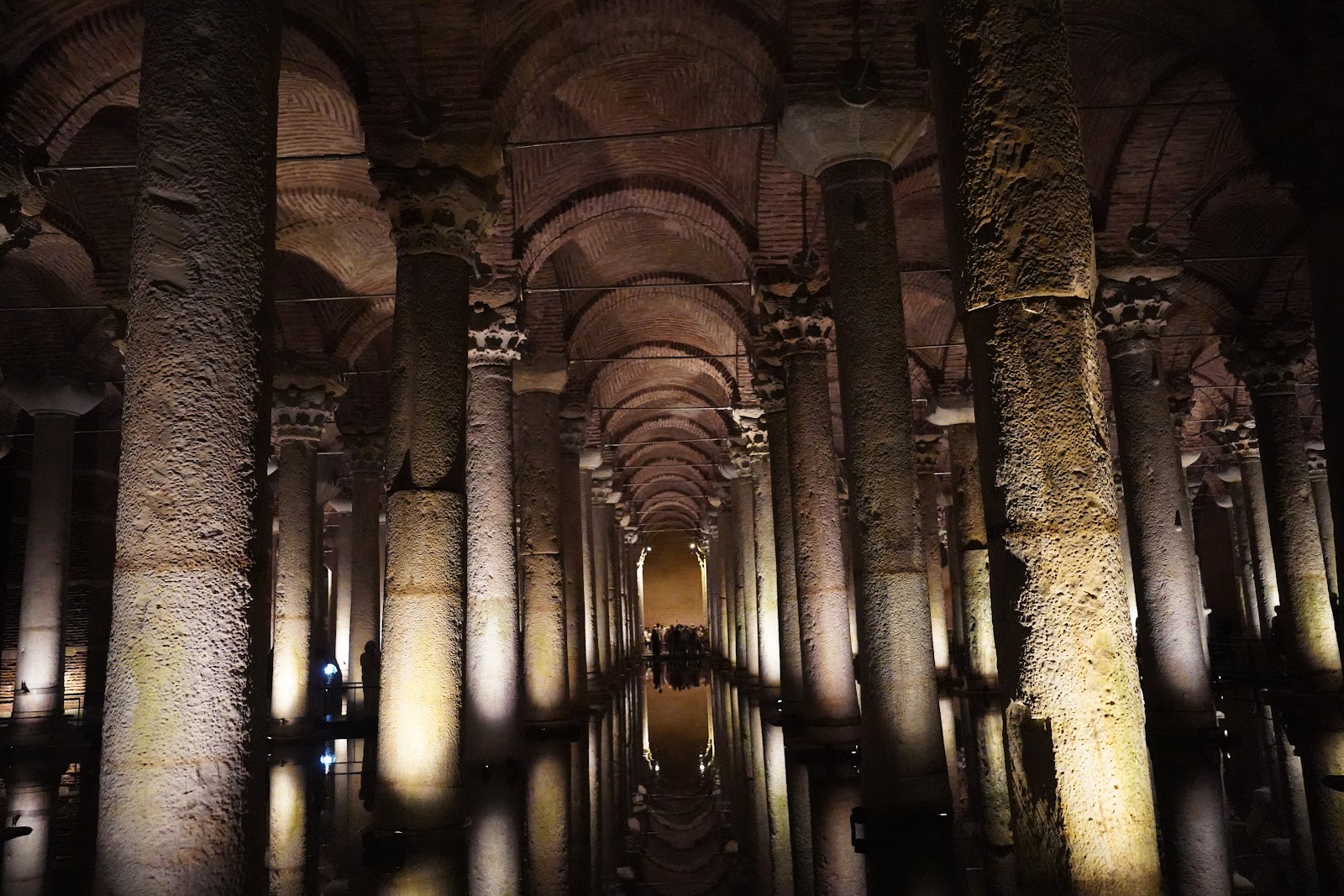









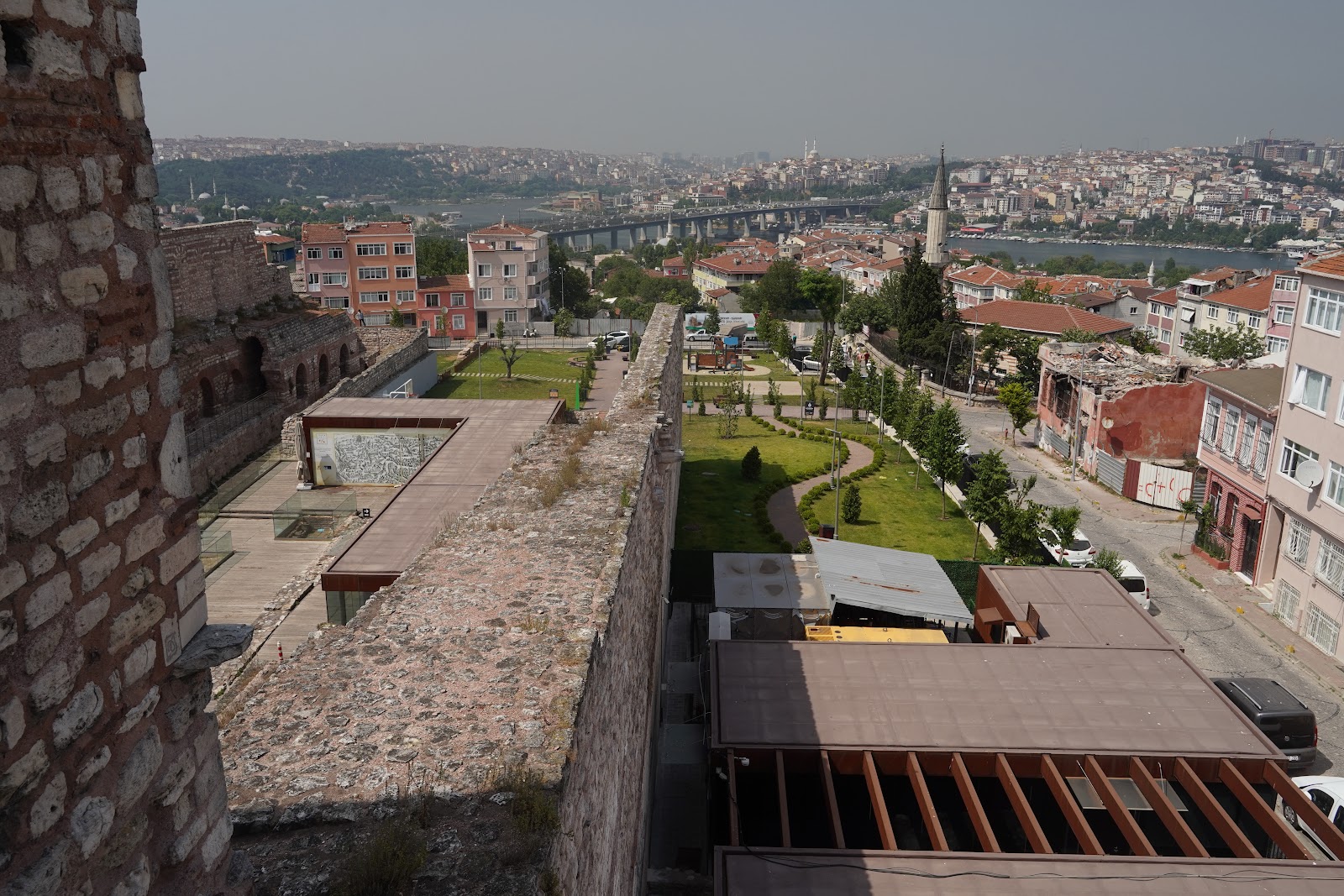








No comments:
Post a Comment